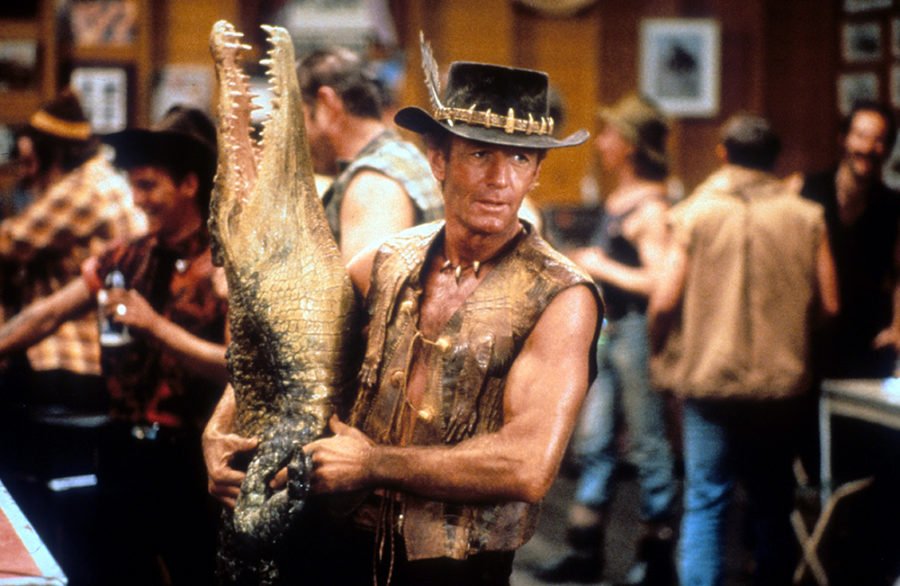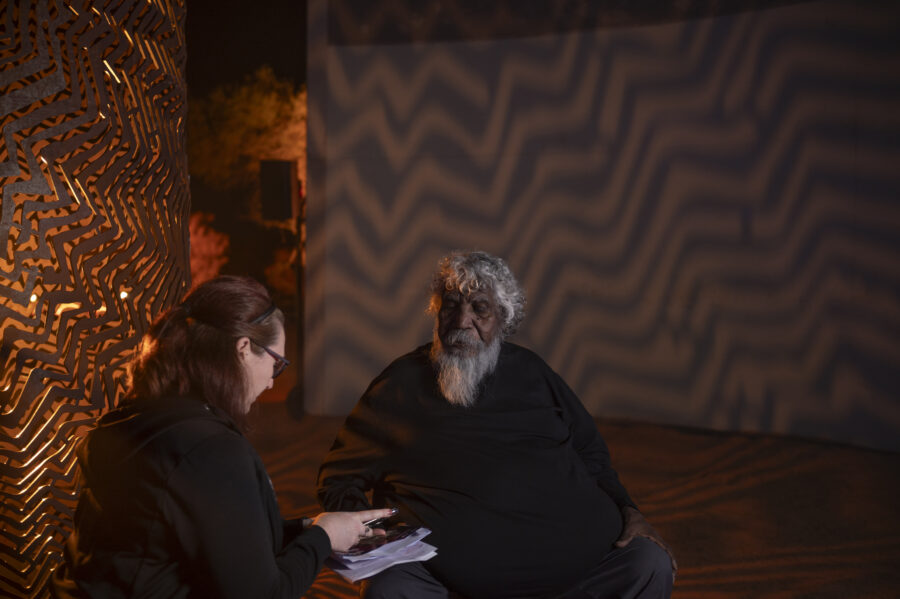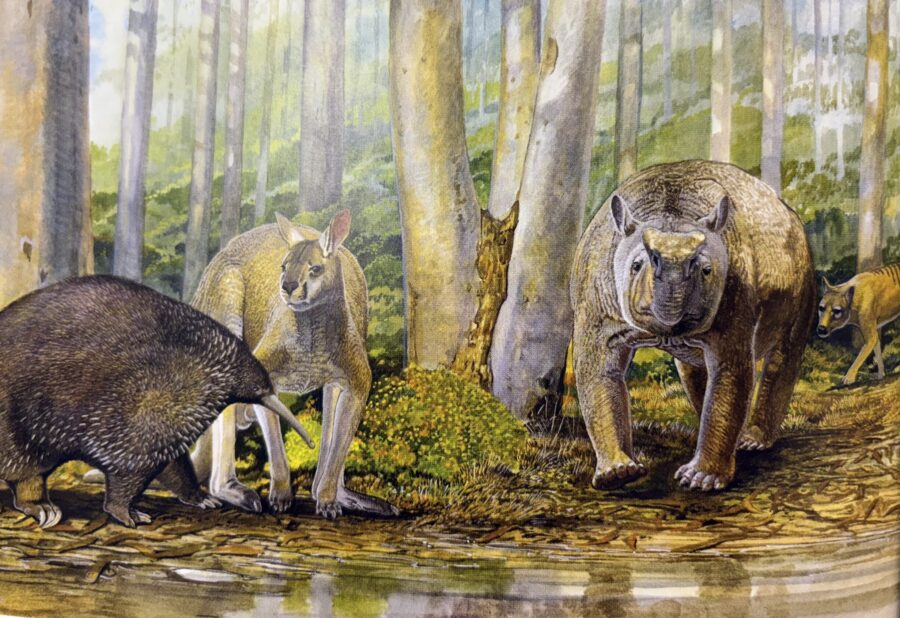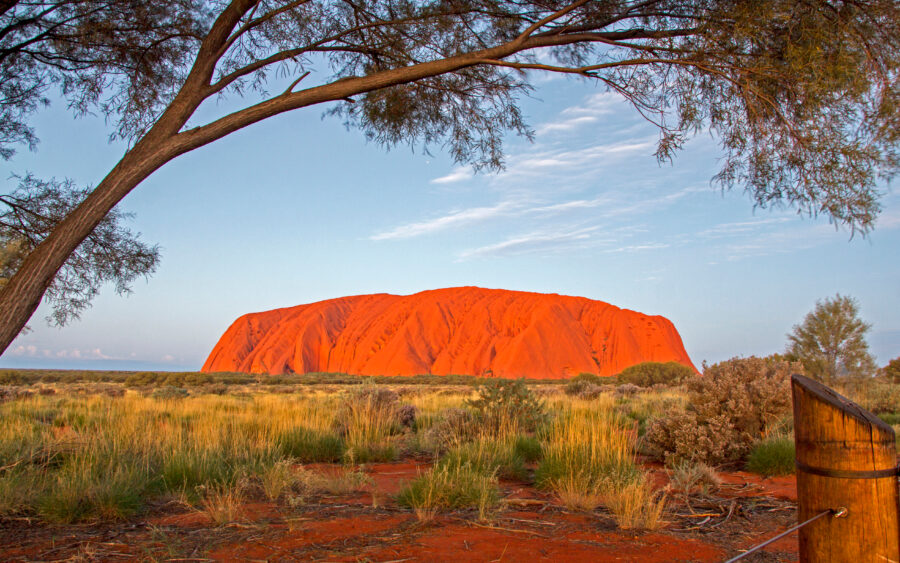The Sapphires: where are they now?
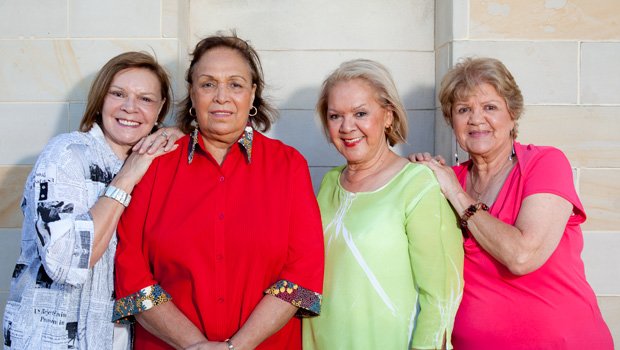
Laurel Robinson, Beverly Briggs and Naomi Mayers are the three original members of the Sapphires, the first popular Aboriginal all-female group. The movie, based on the band’s true story, was the most successful Australian film of 2012. Laurel’s son Tony Briggs wrote the play it is based on, and adapted that into a screenplay.
The film depicts the Sapphires as Australia’s answer to the Supremes, and how they were talent-spotted to perform soul numbers for the troops in Vietnam.
In reality, it was only Laurel, then 21, and her sister Lois who went to Vietnam. Lois was drafted in when Naomi and Beverly (who are also sisters) refused to go in protest against the war. The three original members – Laurel, Beverly and Naomi – now work at the Aboriginal Medical Service, in Sydney’s suburb of Redfern, where Naomi is chief executive. Here is an edited transcript of our interview with them.
Q: Can you tell me a bit about the Sapphires, what your experience of being in the group was like, and how you started out?
Laurel Robinson: We’ve been singing all our lives. We did concerts from a very young age and our parents were supportive and encouraging. The concerts started for our families, but then we entertained people in the Shepparton Cummeragunja area of Victoria where we grew up. In those days there was no dole, just endowment, which was next to nothing. So we just kept giving concerts to raise money. I was 16 at the time.
I couldn’t get work in Shepparton. I’d tried everywhere. I put it down to racism. They took one look at you and said “no”. But I knew there were jobs around – you’d see them advertised. Eventually I moved to Melbourne. I would’ve been made to go home if my [parents] knew I was going to start singing at a club, but I was well looked after by my sister and cousins.
Beverly Briggs: I was 19 when we sang professionally as a group. It all started one night when we were coming home from a late shift at the Postmaster General. We got off the train at 11pm at St Kilda. We were going past a nightclub when these young Maori gentlemen out the front said: “Hello girls, come in, come in, come in to see the show!” They said they were looking for a girl to do the hula in their show, which had a South Pacific flavour. So the next day we ended up performing with these guys because their dancer didn’t show up. They said “Can you sing?” and we said we can harmonise. That’s how it all started.
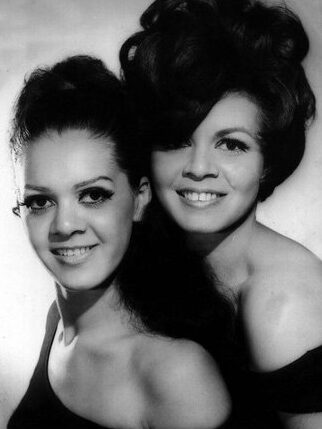
Q: How does it feel to see your lives made into a movie and how true is it to what happened during those years?
Naomi Mayers: I didn’t go to Vietnam as at that time we were protesting against the war. But the band took Laurel and [drafted in] Lois.
Laurel: The replica of the house in the movie is an exact copy of our grandmother’s house. We used to have concerts on the back of the truck and make our parents and family sit around and watch.
Myself and my sister Lois went to Vietnam. My son, Tony Briggs, is the writer of the story, so it’s similar to what I told him. They changed a few things around – we didn’t sing in the towns of Vietnam as it was too dangerous. But the bit towards the end where there is a big, big crowd of GIs – we did do that concert. We had many audiences like that. The part where they sing Ngarra Burra Ferra, which our grandmother taught us, was true. We sing that all the time. We grew up singing it.
So Tony mixed the story up and brought it together as four, when there were just two of us who really went to Vietnam. In fact, the original Sapphires were just the three of us [Beverly, Naomi and Laurel].
Beverly: As the original Sapphires we sang at hotels, pubs, cabarets, clubs, parties, the big army barracks in Melbourne and a lot of universities.
Q: Can you talk a bit about your childhoods up until the Sapphires. Did you have any aspirations to be singers?
Laurel: Our concerts were all done for our family. They weren’t just singing – we did comedy skits too. My grandmother sewed by hand the costumes, and our mums did all the arranging and decorations just so we looked the part. We used to do tap dancing where dad would hammer pennies onto our shoes, which had the same effect sound-wise as expensive tappers. We couldn’t afford those.
Beverly: There weren’t pop stars as there are now in those days. There was Elvis Presley. But who were the women? We liked the black American groups. We loved The Shirelles. We harmonise real good. The Maori guys in the band were impressed with our harmonies and that’s why they kept us. We’d sing Hit the Road Jack.
Laurel: So in the film, that’s why they show us doing all the black songs. There wasn’t anything like that here in Australia. It was mainly country and western. When you’re young you hate country and western. But when you get older, you’re sort of drawn to it. Most Aboriginal people hate it when they’re young and love it when they’re old.
Naomi: During this time, it was the ‘White Australia Policy’. So black performers would come to Uncle Doug’s church: Winifred Atwell, Paul Robeson, Harry Belafonte. There weren’t that many black fellas in Melbourne at that time. A lot of the black visitors were scared to come.
Q: How did your community feel about the success of The Sapphires?
Naomi: A lot of them didn’t know. They were still out in the country due to the White Australia policy. It was after the 1967 referendum that black people started to come back in [to the cities]. In Melbourne before then, there were hardly any black people except us.
Laurel: We didn’t tell people we were singers. We stuck to ourselves. Since the film opened a lot of people from the community keep saying “We didn’t know you used to sing!” Now the film is out and doing so well, I can’t quite believe it’s all happening. It’s wonderful.
Beverly: People ask us for pictures now, but we didn’t even have a camera! Now our community are very, very proud. The patients we work with are too. They’re all going to watch the film, they keep telling us.
Q: Naomi and Beverly you chose not to go to Vietnam because you were protesting against the war. Can you tell us a bit more about that?
Naomi: We’d been demonstrating, so I couldn’t do that and then go. The protests down in Melbourne were quite big.
Q: Laurel how did it feel to travel around Vietnam?
Laurel: Scary. It was scary to take off and land in the choppers. But I was also excited. A couple of things stick in my mind. One time we were doing a show at a base and we saw this movement in the distance, moving out of the forest towards us. We could just make out all these tanks. I said “What’s that?” And they said: “Here comes your audience!” They came out of the jungle and were cheering and screaming. The audiences were huge.
I also remember seeing jets come down and flames shooting up, a guy told us it was napalm; we didn’t even know what napalm was.
Before I left, I said to my mum “Can I go to Vietnam?” and she said “Oh yes!” – she didn’t know where Vietnam was. When I came back and explained, she said: “You could’ve been killed!”
Q: Will the film have an effect on the Aboriginal musical culture today?
All: Yes!
Laurel: People love the movie. They’re going to see it three or four times. It’s really inspiring people. There’s even an app you can download that teaches you the songs. We killed ourselves laughing when we downloaded it!
Q: Do you think Aboriginal singers face discrimination today?
Laurel: No. There are singers like Jessica Mauboy, Casey Donovan and Emma Donovan. Too many people would pounce if there was discrimination.
Beverly: The town where we came from, it was so difficult to get a job. We got so many knockbacks from people. Now them people flock to see the movie and I sometimes think, you weren’t very nice to us back then. That’s why we left. I was going to play Mary in the nativity at my Catholic school and a girl shouted: “She’s too dark.” When it was time to sing, I was too nervous and couldn’t do it.
Q: The film touches on the sad history around the stolen generations. Did you have much experience of this? How did it affect you?
Laurel: Our aunties – our mother’s sisters – were taken away from Cummeragunja. Our grandmother would follow them around. There was a kind man who worked at the Aboriginal Protection Board who would let Nanny know where Aunty Margaret or Aunty May were, and she’d travel to see them. When they were taken away, it nearly killed her. It broke her heart.
Beverly: She’d walk past the police station and hear our Aunty May crying and sobbing [after she’d run away from homes she had been sent to]. She was 14 years old. Our grandmother would run to the window but they told her to go away. Aunty May ended up committing suicide. She drank rat sack [poison] in a cup of tea. It was so, so sad.
Q: The three of you now work at the Aboriginal Medical Service – can you tell me how you all ended up working here?
Laurel: I lived in England for three years and America for two years. I tried different places but kept coming back to the Medical Service. I couldn’t work anywhere else but here. I’d miss these two too much.
Beverly: I started as an evening volunteer here and liked it that much that I made it my full time job. We learnt everything on the job.
Naomi: I started in 1971. Fred Hollows helped set it up. He organised for doctors to volunteer here after their shifts and that’s how it all started. It was Fred who got me involved because I had the nursing experience. I started as the administrator and now I’m CEO.
Q: When you reflect to look at the legacy you had, what will you be proudest of?
Laurel: That someone took a chance on us. That someone took the time to tell our stories. That my son, Tony, has received so many awards for telling our stories. We’re so proud of him. The next story Tony wants to write is about our grandfather on our mother’s side. I’ve started writing my life story. But I’ve only done one page [they all laugh].
Beverly: I’m just proud our kids are so proud of us. We did something. We didn’t just sit around and moan about life [laughs].
Naomi: That people are so thrilled and proud of us.
Beverley: Now, would you like us to sing for you?
[The three women finish the interview by harmonising and singing Ngarra Burra Ferra, which is in the film].
Interview by Gary Nunn. Australian Geographic thanks Beverly, Naomi and Laurel for making time to speak to us.
